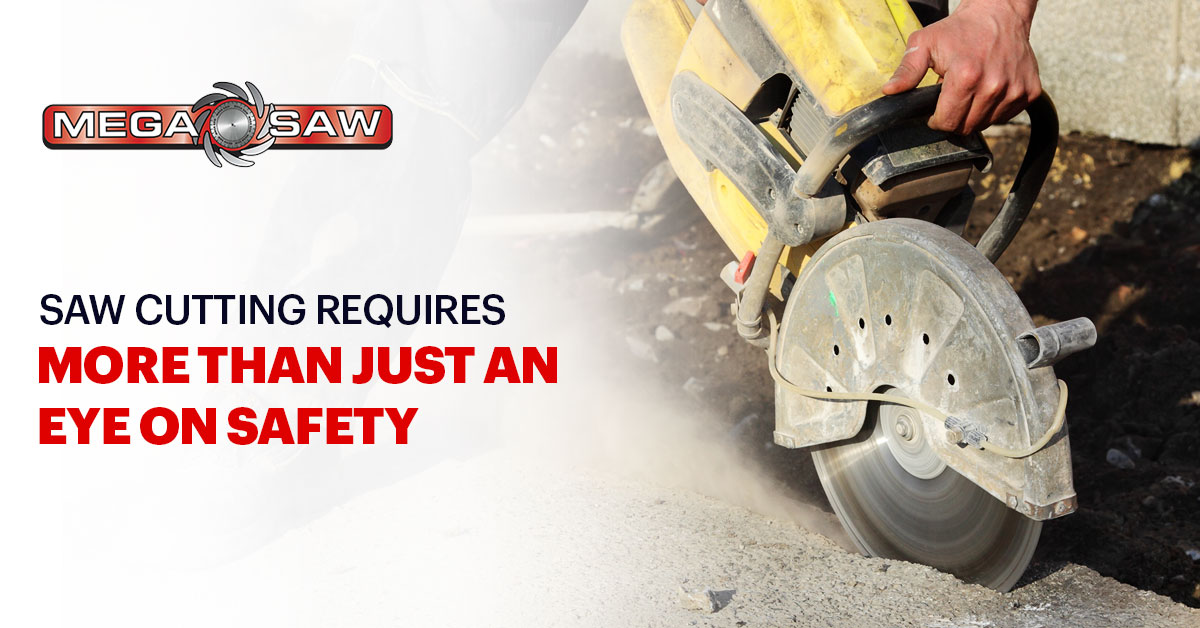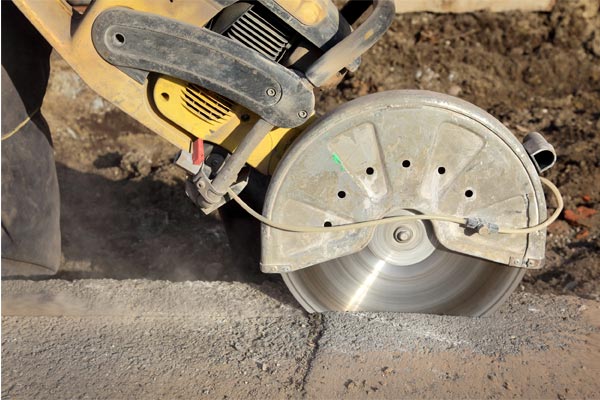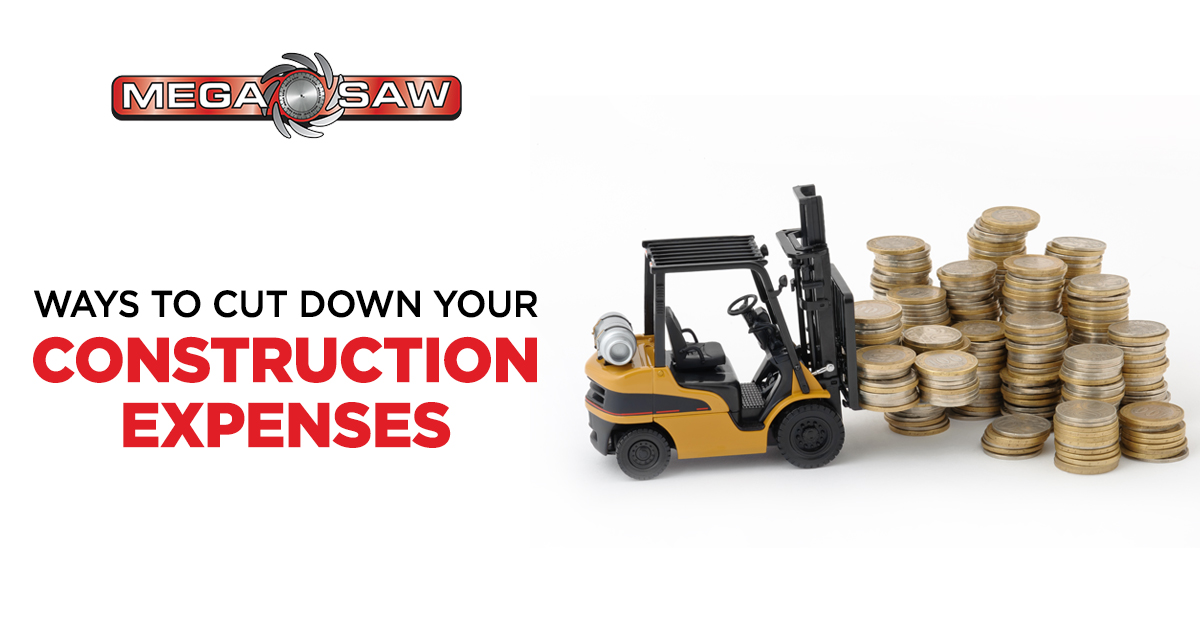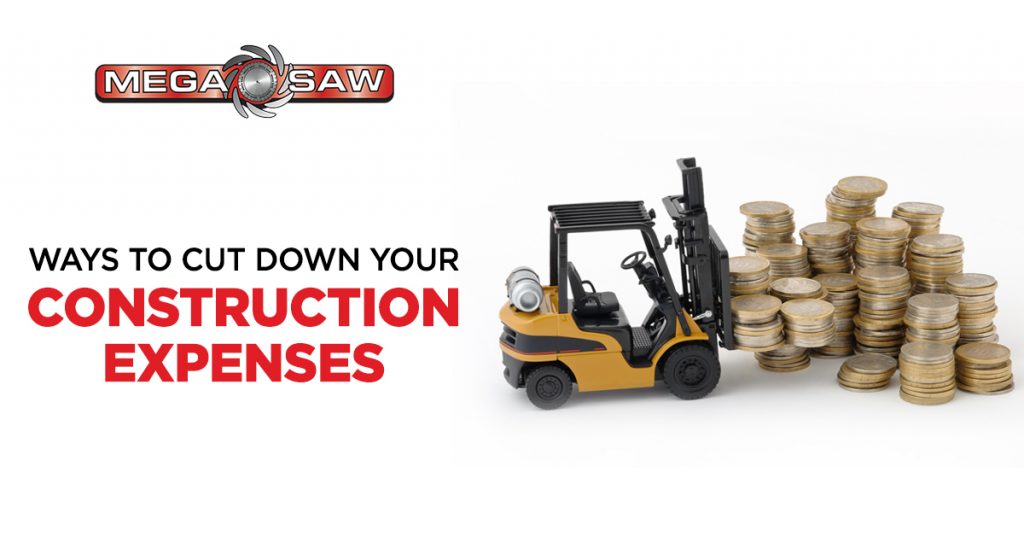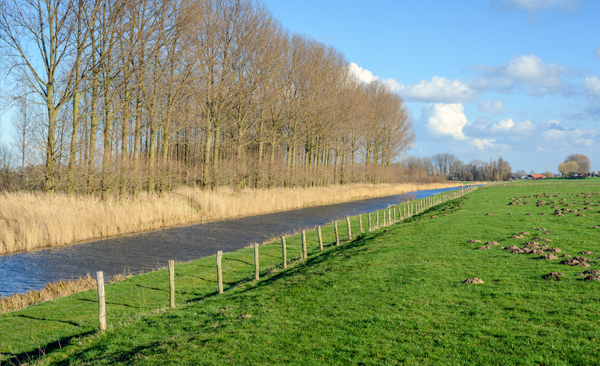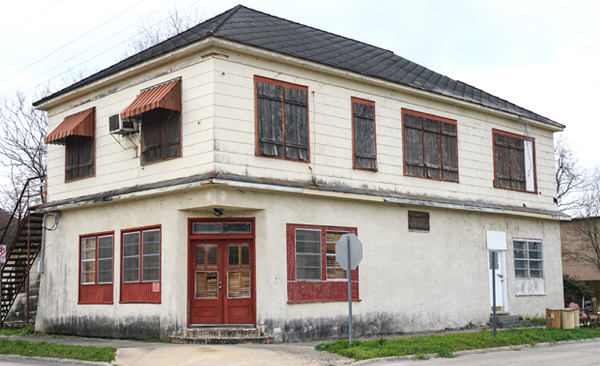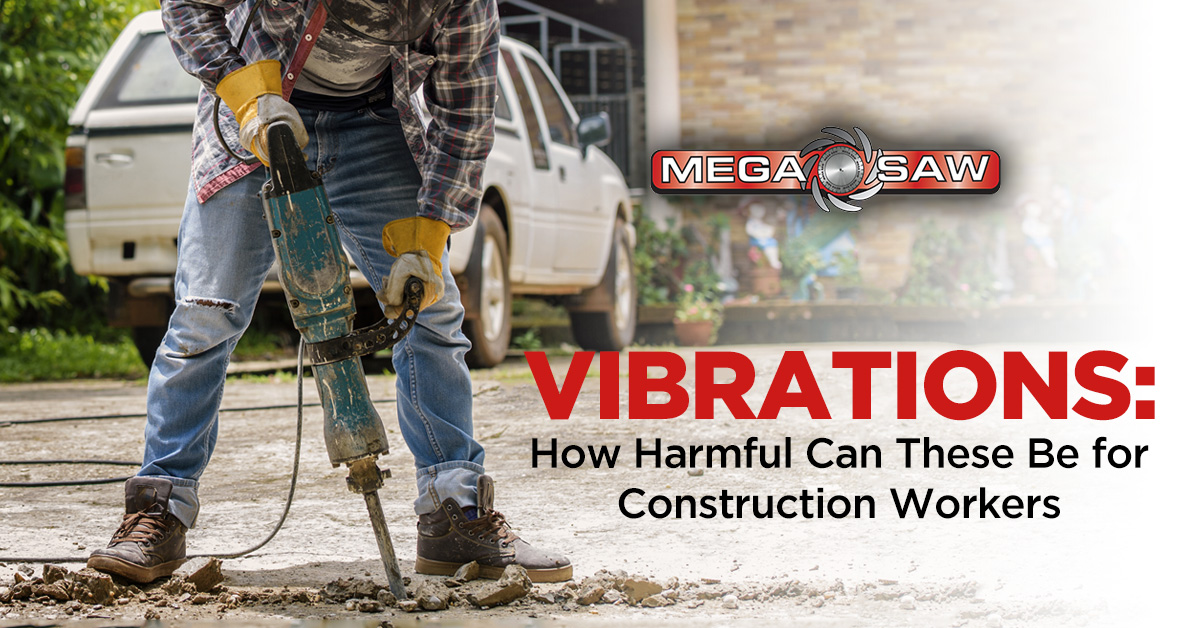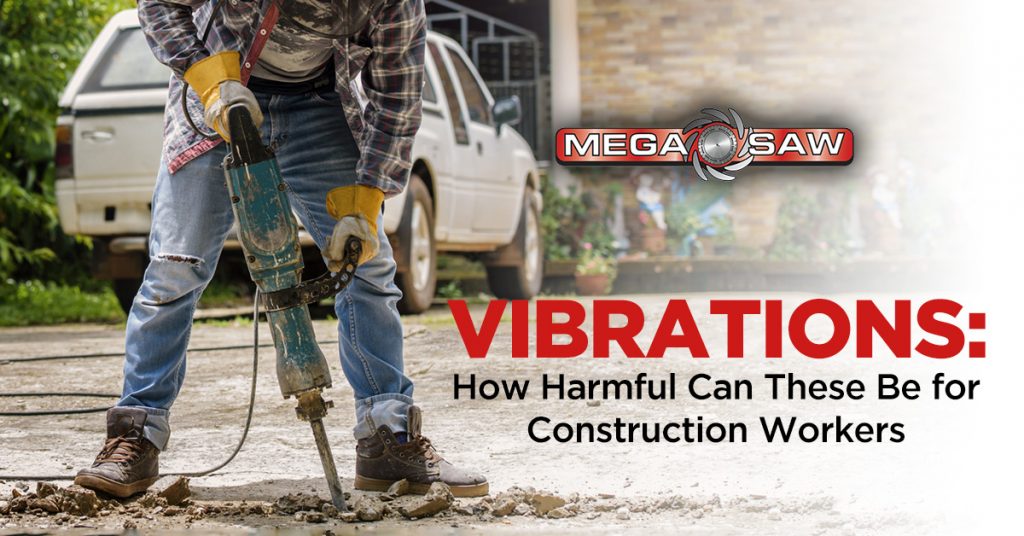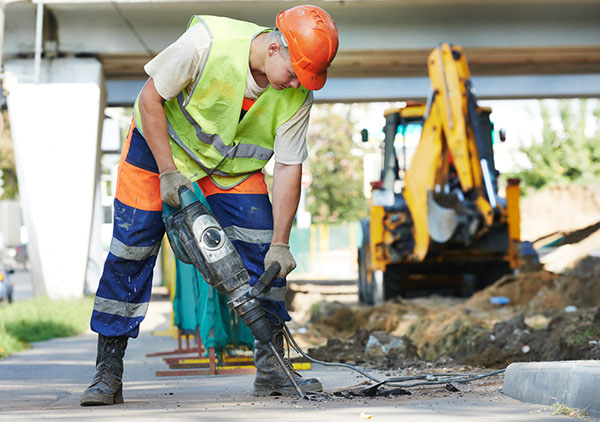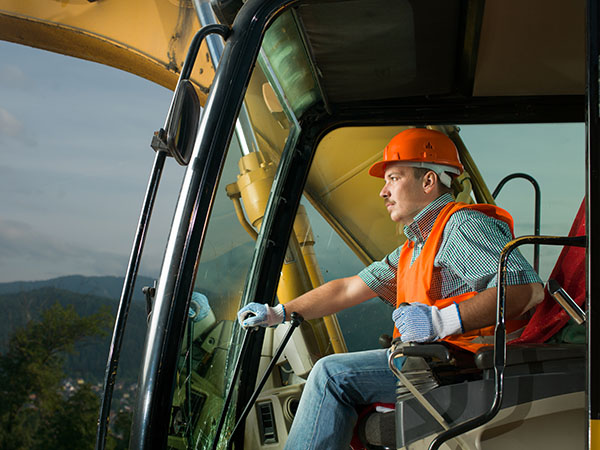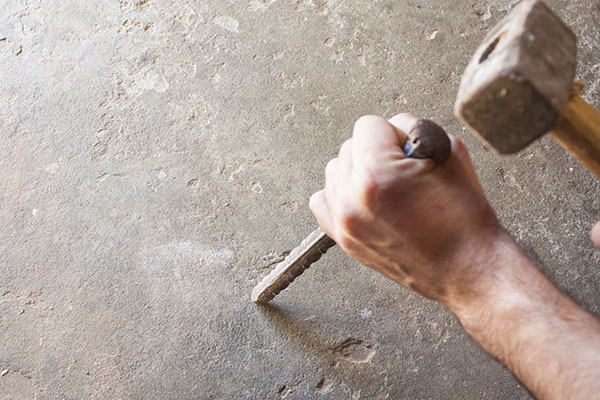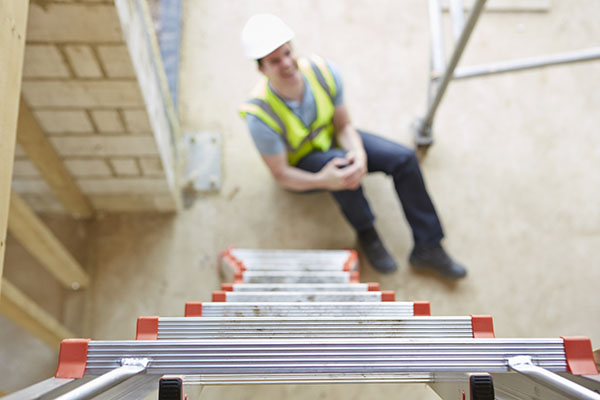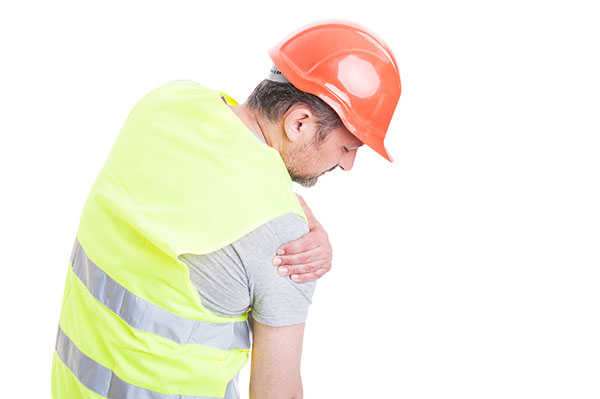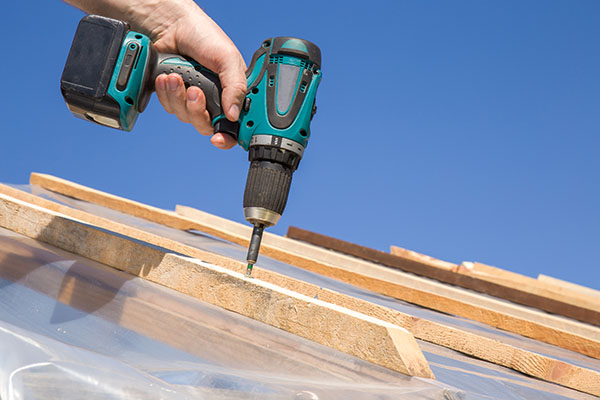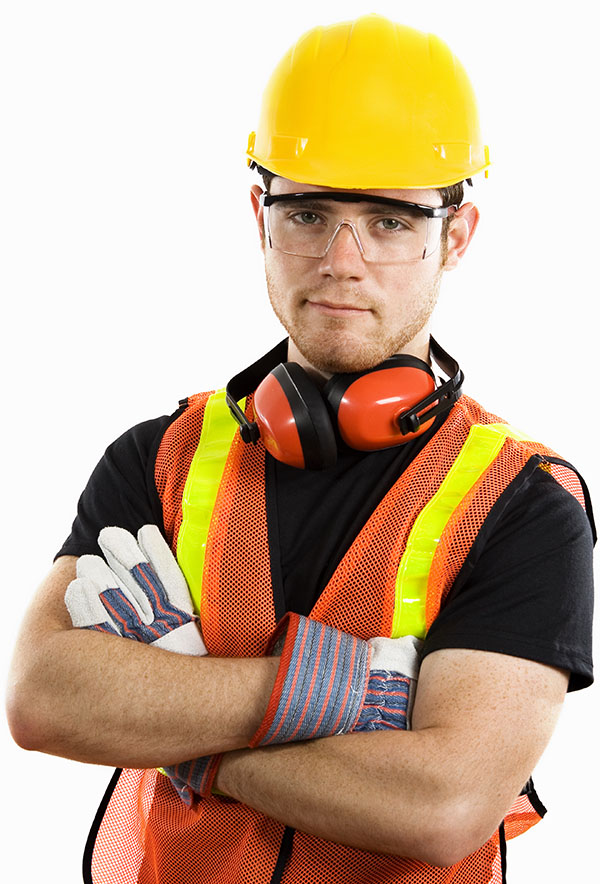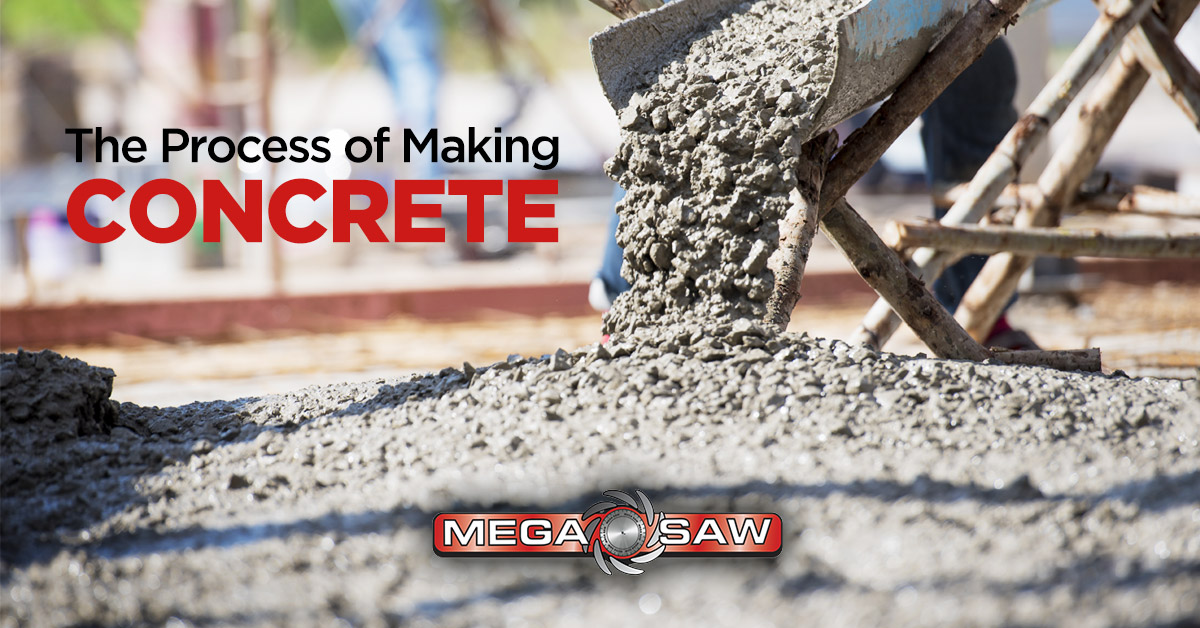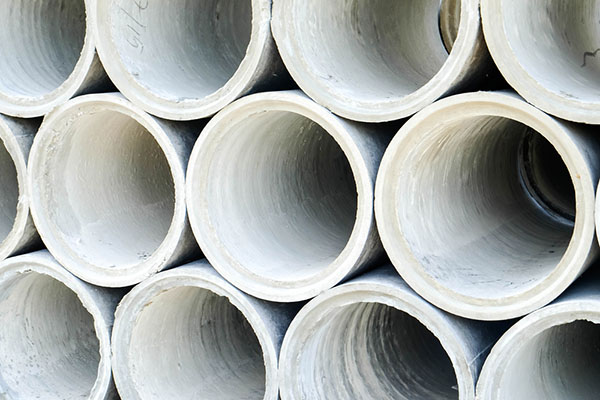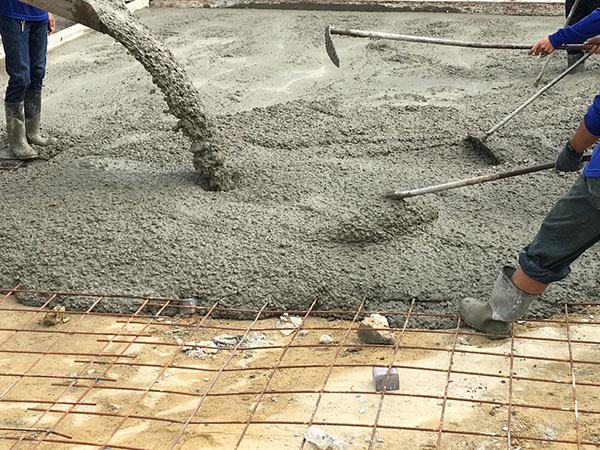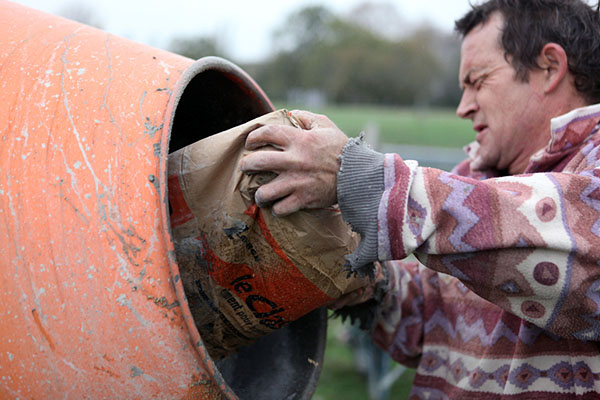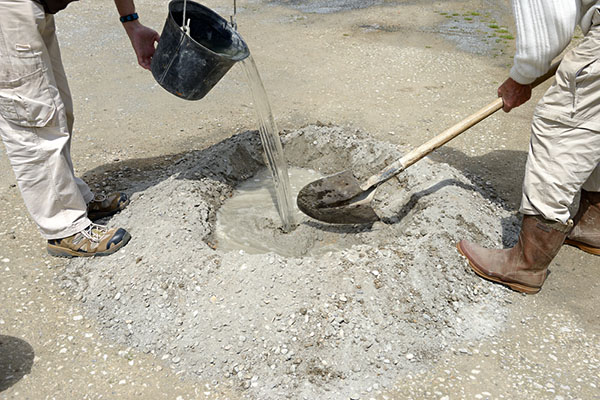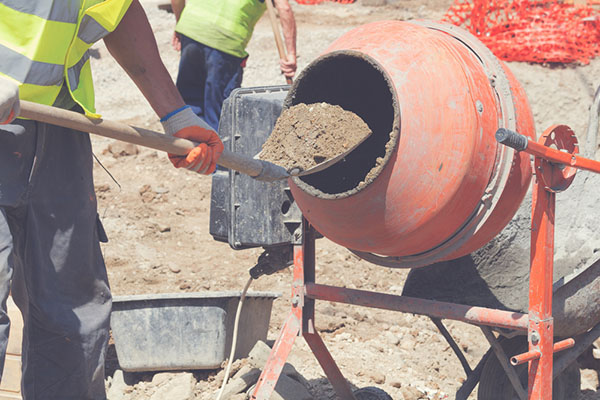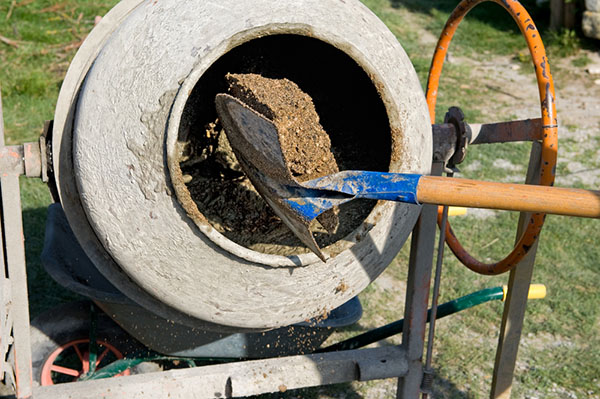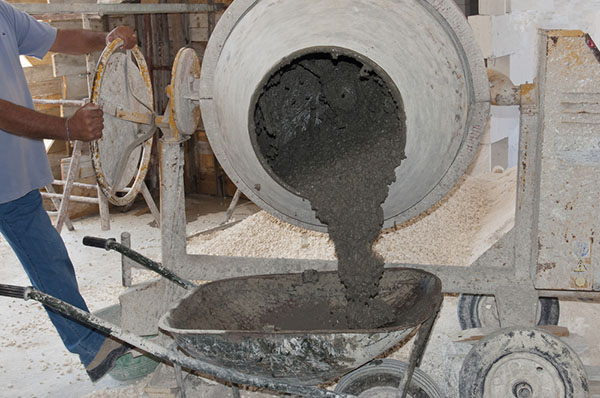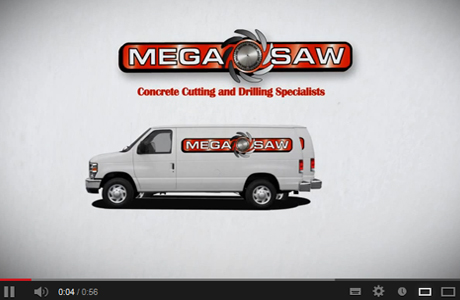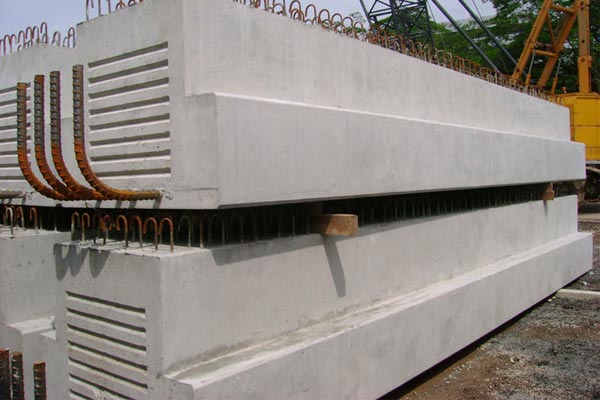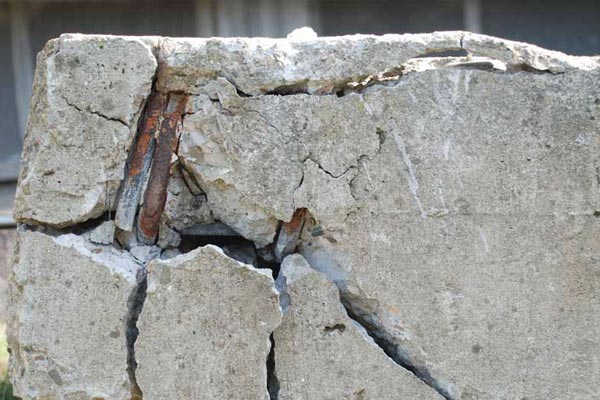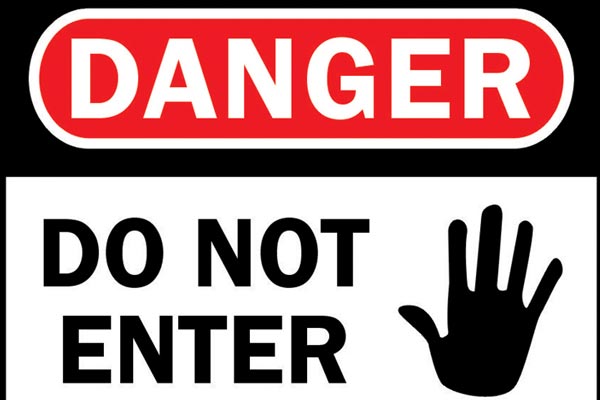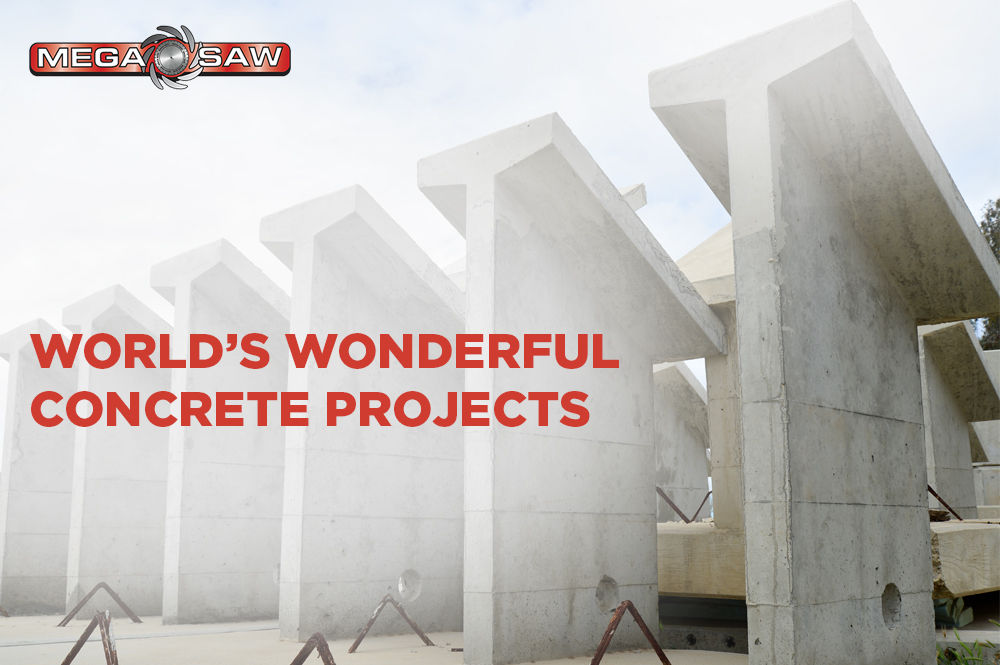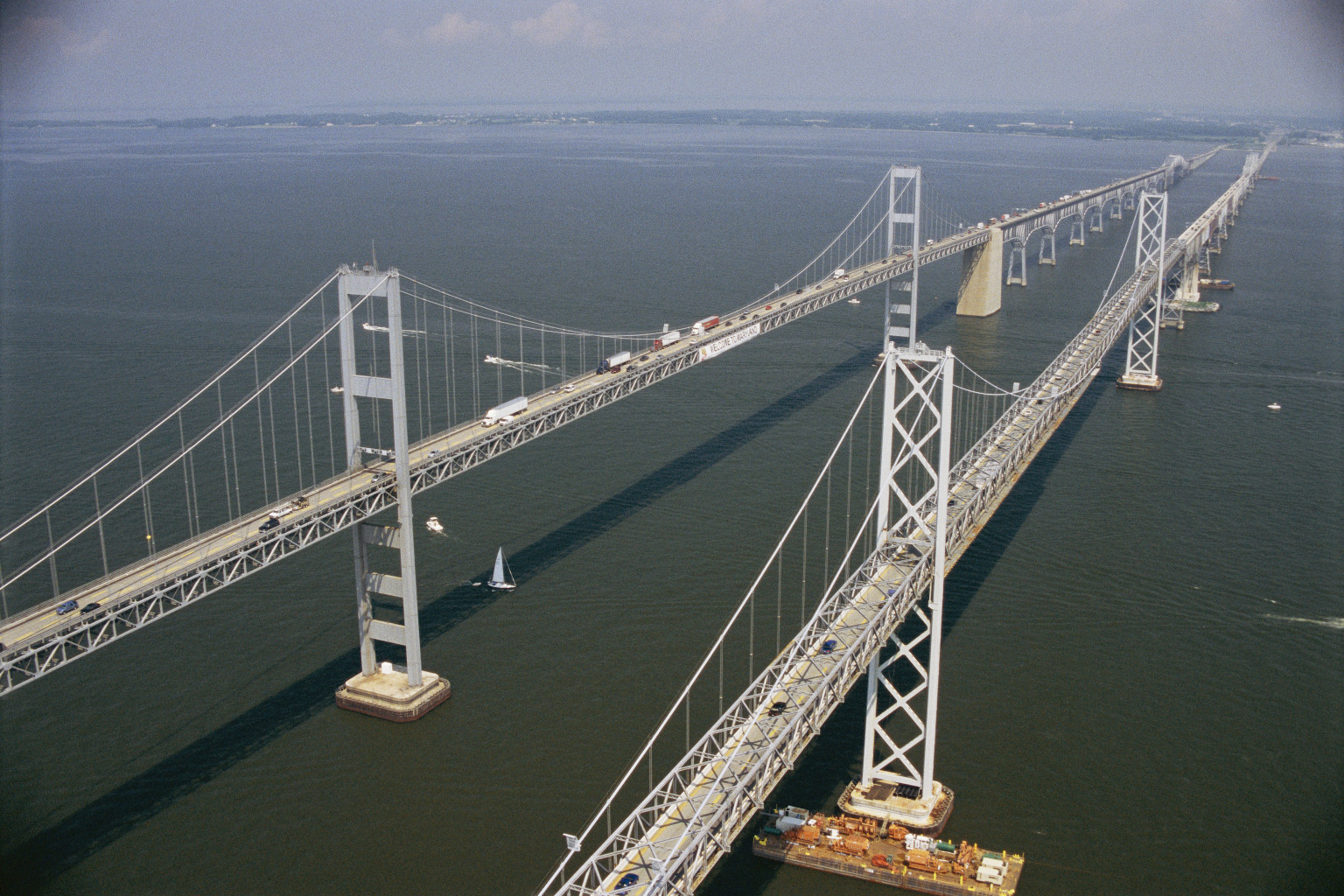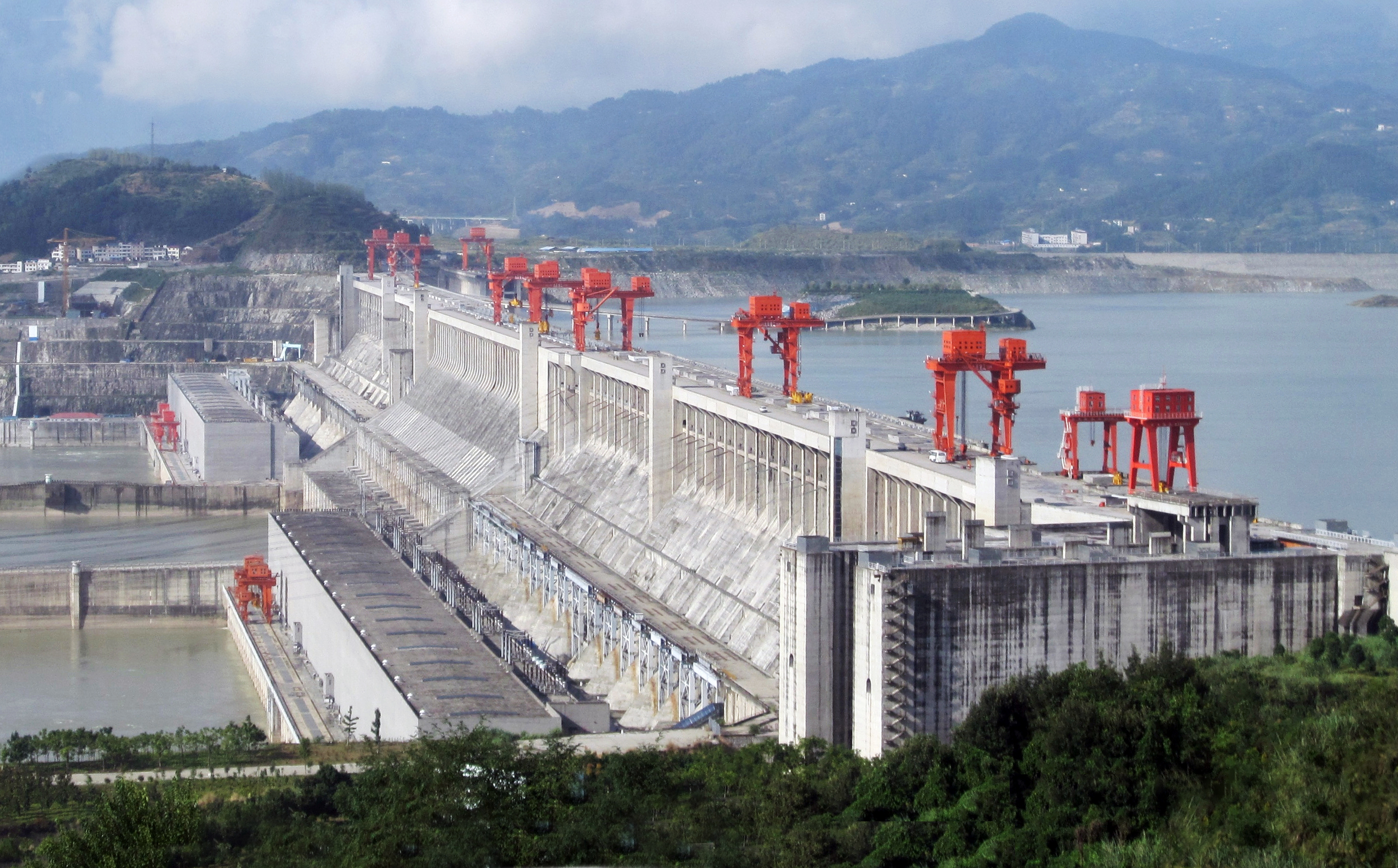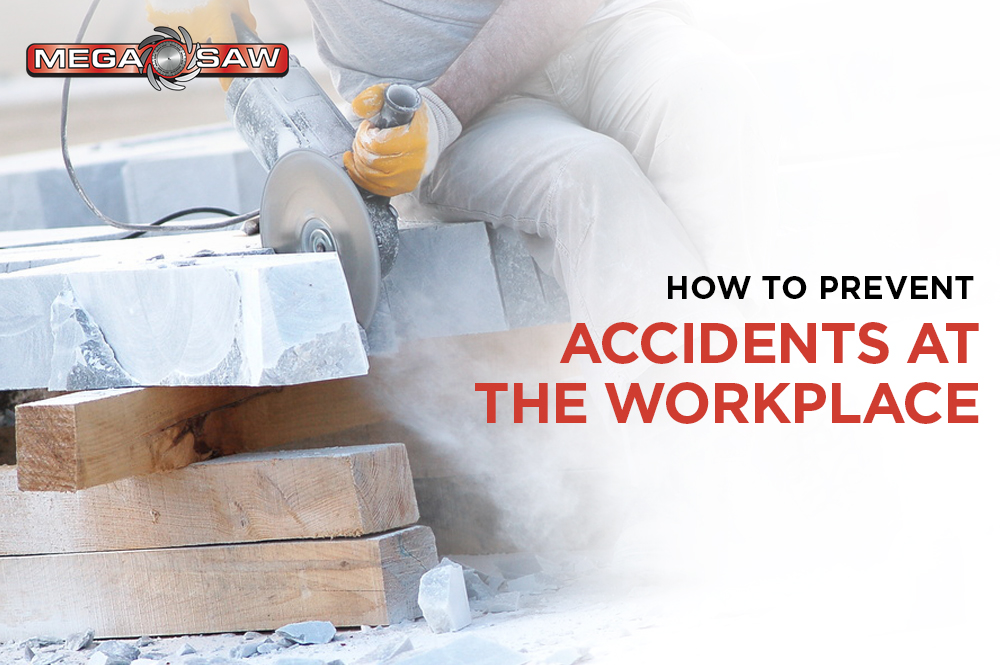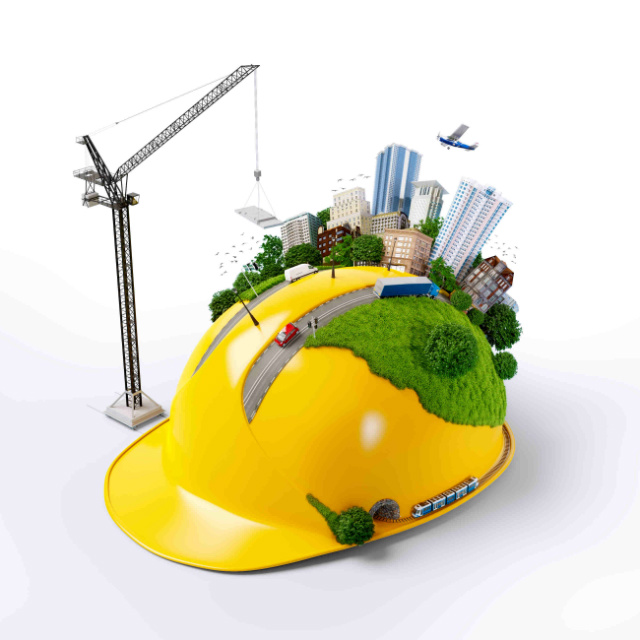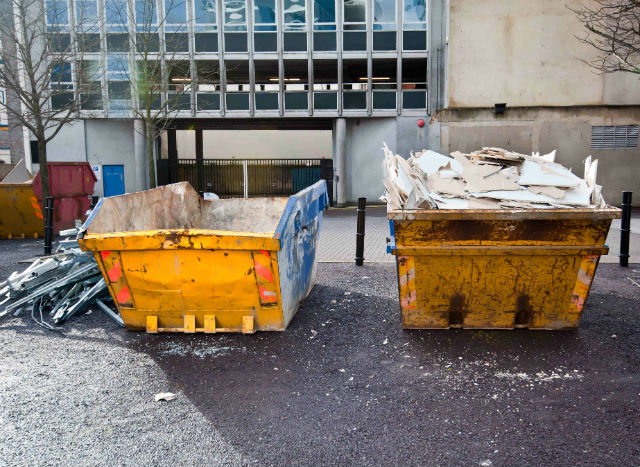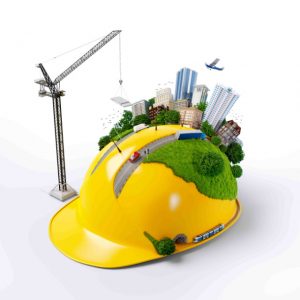Whether you’re clearing space for a renovation or pulling down an entire building, demolition isn’t just about tearing things apart. It’s a high-risk job that needs the right tools, timing and planning. One wrong move can damage nearby structures, delay your timeline or lead to safety issues. For both homeowners and business owners, it’s essential to get the basics right.
Demolition can include everything from knocking out a wall to removing a concrete slab. These jobs often rely on concrete cutting in Melbourne as part of a clean, precise process. But demolition goes beyond tools—it’s about method. The better your plan, the smoother the outcome.
Let’s break down what safe and efficient demolition looks like from start to finish.
Know What You’re Demolishing
Before any job starts, you’ve got to know exactly what you’re working with. That means checking the structure, materials, load points and even what’s hidden behind walls. Skipping this step leads to surprises—and not the good kind.
Here are some things to consider before demolition:
- Is the wall or structure load-bearing?
- Are there live wires, plumbing or gas lines nearby?
- What type of material are you removing—brick, concrete, timber?
- How close are other buildings, footpaths or fences?
- Does the work need council permits or engineer approval?
One homeowner wanted to remove a dividing wall to expand their kitchen. Without checking properly, they started knocking it out. Turned out, the wall carried part of the ceiling load. They had to halt the job, bring in a structural engineer and install a support beam—which added weeks to the timeline.
The same risk applies to business sites. Older buildings might have asbestos, buried pipes or weakened support columns. Before touching a thing, do a full inspection, get plans if possible and always ask the right questions.
Make Safety Your First Priority
Demolition creates dust, noise and debris. It also introduces sharp objects, unstable materials and fall risks. Without the right steps in place, the chance of injury is high.
There are proven safety tips for concrete demolition that apply to every type of job, big or small:
- Use proper PPE: boots, gloves, eye and ear protection
- Keep the worksite clean and marked off from public access
- Cut power, water and gas before starting
- Remove fragile or loose items near the site
- Check equipment for damage before every use
If machinery is involved, make sure the operator is licensed. Even handheld saws or jackhammers can injure someone if used carelessly. Every worker on site should understand the plan and be aware of their surroundings.
At a commercial carpark demo in a busy retail area, barriers and warning signs were installed along the perimeter. A spotter kept pedestrians away while operators worked. There were no incidents, despite being right next to a footpath. That kind of preparation pays off.
Use the Right Tools and Machinery
Not all demolition jobs need bulldozers and wrecking balls. In fact, many rely on smaller machines designed for tight access, delicate removal or detailed cuts. Picking the right tool means faster work, better control and fewer mistakes.
Take saws, breakers and wall chasers—they’re perfect for interior demos, where precision matters. In contrast, larger machines with hydraulic arms or shears are used on bigger commercial jobs.
There’s also been a shift in recent years toward technology that boosts safety. Remote-controlled demolition robots, for example, let operators stay out of the danger zone while machines do the heavy lifting. It’s a smart move for jobs inside factories, tunnels or near sensitive equipment.
Modern demolition machines improve safety in several ways:
- Less vibration and strain on the operator
- Quieter systems for indoor use
- Dust suppression features
- Reduced manual handling of rubble
Choosing the right equipment isn’t just about size or cost. It’s about how it fits the job, the team and the space available.
Get Your Permits and Paperwork in Order
Demolition isn’t always as simple as swinging a sledgehammer. Depending on the job, you may need council permits, engineering reports or service checks. Getting caught without them can stop your project in its tracks.
Homeowners often overlook this. Small jobs—like removing a garage wall or bathroom floor—can still trigger red tape. If the structure is tied to drainage, load-bearing beams or fire-rated walls, expect extra steps.
For businesses, the rules get even tighter. Demolishing part of a warehouse, office or shopfront might involve:
- Planning approval
- Asbestos checks
- Noise management plans
- Road use permits (if work spills onto public space)
A local café wanted to update their courtyard and remove a partial brick wall. They started without checking their property boundaries. The wall sat on shared land. The neighbour filed a complaint, and the council ordered the job be halted until new permits were approved.
Always talk to your builder, contractor or council before the first strike.
Plan for Dust, Debris and Disposal
Demolition makes a mess—and managing it well is part of doing the job right. That means thinking ahead about where dust, concrete and rubbish will go.
Here’s what a solid clean-up plan looks like:
- Use water or dust-suppression systems to reduce airborne particles
- Block off vents or ducting in indoor jobs
- Hire the right skip bins for rubble, metal and general waste
- Recycle materials where possible (like concrete, timber or metal)
- Sweep and vacuum regularly during the job
At a home in Preston, the team demolished a rear concrete porch. They used a wet saw to reduce dust, stacked reusable pavers to one side, and sorted the rubble into two bins—saving on disposal fees. The whole job stayed tidy and finished under budget.
Dust control is especially important in occupied spaces or public areas. Poor air quality can affect neighbours, workers and future residents. Use drop sheets, barriers and extraction fans when needed.
Time the Job Right
Demolition isn’t just about getting it done. It’s about knowing when to start, what to remove first and how to stay on track.
Start with structures that pose a risk or block access. Then move to partial cuts, soft materials or features that need careful handling. Leave shared walls, supports or drainage points until you’ve assessed the final layout.
Also think about timing around weather, traffic or operating hours. For example:
- Avoid cutting concrete in extreme heat
- Plan noisy work for mid-morning or early afternoon
- Schedule waste pick-ups before bins overflow
- Keep wet weather gear on standby for outdoor work
Business sites often need overnight or off-hour work to avoid trade disruption. That requires solid planning, good lighting and a clear after-hours safety plan.
Rush the job, and you risk costly delays or safety issues. Plan it well, and demolition becomes a smooth part of your build process.
Separate Structural vs Non-Structural Elements
Not all demolition is about knocking everything down. Many projects involve removing part of a structure while keeping the rest intact. That means knowing which parts carry load and which don’t.
Non-structural demo includes:
- Internal walls
- Ceilings
- Fixtures
- Flooring
Structural demo affects:
- Foundations
- Support beams
- Roof framing
- Retaining walls
If you remove a non-load-bearing wall without issue, that’s a win. But take out a beam without bracing and you could collapse the roof. The difference matters.
For example, a business owner wanted to open up a waiting room by removing a column. A quick scan showed it supported the upper floor. They brought in a builder who installed a steel lintel to carry the load before cutting. The job finished clean, and the structure stayed solid.
When in doubt, get a structural assessment. It’s cheaper than fixing a collapse.
Communicate with Neighbours and Workers
Demolition affects more than just your team. Dust, noise and access all spill over. Keeping your neighbours and crew in the loop helps reduce stress and keeps things civil.
If you’re a homeowner, speak to your neighbours before starting. Let them know what’s being done and when. Give a heads-up about noise or restricted parking.
Business sites need even clearer comms. Signs, staff briefings and access plans all help manage expectations. If customers or clients are still nearby, you’ll want to reduce confusion and keep the space safe.
Good communication looks like:
- Clear signage on temporary fences or hazards
- Daily start/finish updates for workers
- Contact details for the site supervisor
- Notices about bin drop-offs, power shutdowns or access issues
People are more forgiving when they know what to expect.
FAQ
1) Do I need a permit for small demolition jobs at home?
You might, depending on what you’re removing. Pulling up floor tiles or removing kitchen cabinets usually won’t need a permit. But anything that affects the structure—like taking down a wall, removing a carport or altering plumbing—may require approval.
Check with your local council before starting. Some areas have heritage overlays, neighbour protections or specific rules around waste disposal. Fines for unauthorised demolition can be steep.
Even if you don’t need a formal permit, it’s good practice to notify your neighbours and confirm with your builder. That small step can save big headaches later.
2) What’s the safest way to handle demolition dust?
Start with prevention. Wet cutting, misting systems and plastic barriers all help reduce how much dust goes airborne. For indoor jobs, seal off the space and use HEPA vacuums or extraction fans.
Personal protection is also key. Use a P2 or P3 mask, safety goggles and gloves. Fine dust—especially from concrete or brick—contains silica, which can cause lung problems over time.
After the job, wipe down surfaces and clean tools before reuse. Don’t sweep dry dust—it just sends it back into the air. Instead, dampen and collect it with a vacuum or mop.
3) Can I do small demolition jobs myself?
Yes, but only if you know the risks and use the right gear. Jobs like lifting tiles, pulling out old cabinets or removing a garden wall can often be handled DIY. Just make sure you’re not touching anything structural or connected to plumbing, gas or electricity.
You’ll still need to wear proper PPE, clear the site and have a disposal plan. Renting basic tools like a jackhammer or angle grinder is easy, but make sure you understand how to use them safely.
If you’re unsure, ask a builder or get a quick consult. DIY demo can save money—but only if it’s done smart.
4) What should I do with waste from the demolition?
Sort it out before you start. You’ll want different skip bins or disposal plans for:
- Concrete and rubble
- Timber
- Metal
- General waste
Some materials—like bricks or clean concrete—can be recycled or reused. That saves on tipping fees and cuts landfill waste.
For big jobs, plan a waste pickup schedule so bins don’t overflow. If you’re working in a busy area, make sure bins don’t block footpaths or driveways. Some councils require permits for roadside skips.
Don’t forget dust clean-up too. Even small amounts can create long-term mess if left behind.
5) How long does a typical demolition project take?
It depends on the job size and setup. A single wall removal might take a day. A full garage tear-down could take 2 to 3 days with clean-up. Bigger jobs like shopfront removals or warehouse clearance can stretch over a week or more.
Weather, access, permits and clean-up all affect timing. So does whether you’re working in an occupied space. If other trades are involved, you’ll also need to coordinate with their schedules.
The key is having a plan. Even small jobs run smoother when timelines are set and followed.
Demolition Done Right Starts with a Smart Plan
Whether you’re knocking out a single slab or prepping a whole site, demolition needs structure—ironically. The safest, cleanest jobs happen when tools, timing and teamwork all line up.
Homeowners and business owners alike can benefit from treating demolition as a controlled, planned stage of the project—not just a tear-down. With the right prep, gear and guidance, it becomes a smart step forward instead of a setback.
For expert support with concrete cutting in Melbourne, talk to a team that knows the job inside out. Visit Megasaw for professional solutions tailored to your project’s needs.
Please call us today on 1300 920 419 or leave an enquiry.


